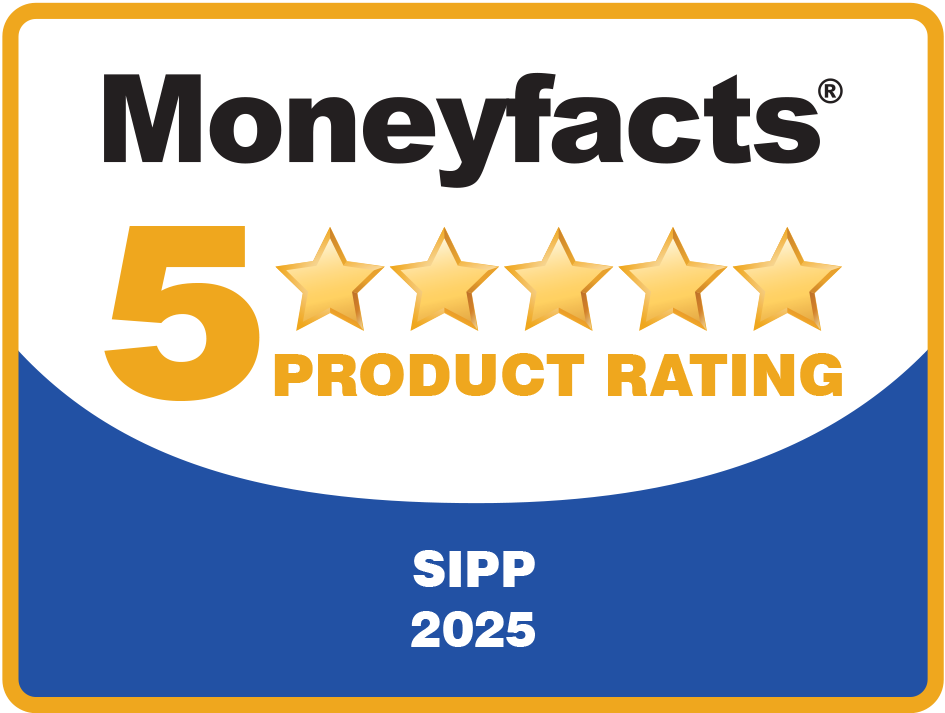The 4 “Ds” of group property purchase – here’s what you need to know
Purchasing a property can be a stressful experience at the best of times, with many different factors to consider.
When looking to purchase a property through a SIPP, there are extra issues to navigate. HMRC guidelines, potential funding restrictions, and the added layers of dealing with your chosen SIPP provider are areas you ordinarily wouldn’t need to think about in a normal purchase.
Our complete guide to purchasing properties in a SIPP is useful if this is something your client is considering.
If you have more than one client involved with a SIPP property purchase, there are a whole different set of considerations to bear in mind.
Group property purchase remains a popular investment strategy
Combining SIPP monies to purchase commercial property is a common scenario that we see. Indeed, roughly every other property enquiry will involve a group SIPP.
Typically, the clients in a group SIPP will have a common link – for example, they may be:
- Married or in a civil partnership
- Company directors
- Different generations of families (see this useful case study on how property in a SIPP can be passed down the generations in the event of death).
Pooling of pension arrangements gives clients greater purchase power than approaching a bank for funding or clients having to find additional money to contribute to a SIPP.
However, it should be remembered that property is a fairly illiquid asset. And, while SIPPs can offer great flexibility concerning the investments that can be made, it should always be remembered that the main purpose of a SIPP is to provide retirement benefits.
When you have a group of people who have used a SIPP to jointly purchase a property, there can be several scenarios whereby the clients’ individual needs may not fit with those of the group’s investment.
We always suggest that this is something advisers speak about with clients prior to starting a SIPP property purchase. By doing this, you can make your clients aware of some of the hurdles that could come up in the future alongside the many benefits of group SIPP property purchase.
While not exhaustive, we believe there are four specific areas that you need to discuss with clients. Conveniently, they each begin with “D” – so read on for the four Ds of group property purchase.
1. Death
In the event of the death of one of the group members, IPM may be required to pay death benefits to the deceased’s beneficiaries. If the beneficiaries do not want to retain a share of the property in a SIPP, this could involve us having to pay the entire SIPP value as a lump sum death benefit payment.
Where the deceased has an interest in a group property, there will need to be sufficient liquidity within that SIPP so that IPM can make the payment.
It may be possible for the other group members to purchase the deceased’s property share so that the ownership remains wholly within the scheme. Alternatively, another member could join the group to purchase the deceased member’s share of the property, or the beneficiaries could continue to hold the property within the SIPP.
Ultimately if there is insufficient liquidity within a group, in an extreme case IPM may be forced to sell the property to pay the benefits.
2. Drawdown
Before a group property purchase is made, it will need to be ascertained when each group member is likely to take benefits from their SIPP.
As with death, there will need to be sufficient liquidity within a SIPP for the client to receive their pension commencement lump sum, which is typically 25% of the SIPP value.
So, if you have one group member aged 30 and another aged 65, it is highly likely that the elder member will want to take their lump sum before the younger member is ready to do so.
If the property is to be retained, the group will need to have sufficient liquidity to purchase a portion of the property from the member who is looking to go into drawdown.
3. Divorce
A Pension Sharing Order could require a client to pay a high percentage of their SIPP value to their ex-spouse.
So, if the client concerned is a member of a group who jointly own commercial property and a large value of that SIPP is made up of the property, this could cause an issue for the SIPP provider settling the court order.
Solutions to this may include:
- The other members of the group purchasing a greater share from the client with the Pension Sharing Order
- Liquidating other non-property assets in the SIPP, if this is an option
- Including the ex-spouse in the group arrangement so that they now own a percentage share in the property (although this might make matters awkward going forward…!)
As with the scenarios above, if liquidity cannot be raised within the group, then the property would ultimately have to be sold so that IPM can comply with the sharing order.
4. Departure
“Departure” in this instance refers to departure from the group.
People’s circumstances change. Individuals may want to explore alternative investment opportunities, or the members of the group may fall out with one another.
We have seen scenarios whereby business partners have bought their premises using a group SIPP arrangement, only to fall out years later and sell the business, but still be tied by the fact that their SIPPs jointly own a commercial property.
Regardless of the reason, if other members of the group wish to retain the property, then liquidity will need to be raised to purchase the departing member’s share of the property.
The importance of liquidity
The key word that applies in each of these four Ds is “liquidity”.
If there is sufficient liquidity within the group when one of these scenarios arises then the four Ds should not cause your clients too many issues.
The property-owning groups we look after range from two members with maximum 50% borrowing, through to 20+ clients that each own part of their business premises through their SIPP.
Using these examples, the group with the larger number of clients is likely to find liquidity less of an issue. This is because most of the clients are likely to have assets other than the property within the SIPP when one of the four Ds arises.
Compare this with a group of two borrowing, where most of the liquidity within the group is being used to service the loan.
The four Ds are not designed to put clients off using a group SIPP arrangement for property purchase. For each scenario where there have been issues, there are many, many more that continue to be held within a group SIPP arrangement without any problems.
However, as an adviser, we think it is important to stress the potential pitfalls as well as the positives when looking at a group SIPP property purchase, so that clients are prepared for these scenarios should they arise.
And, thankfully, as they all begin with “D” these are easy to remember!
Get in touch
If you have clients looking to buy a SIPP as a group, please get in touch to find out how we can assist.
Email info@ipm-pensions.co.uk or call 01438 747151.



